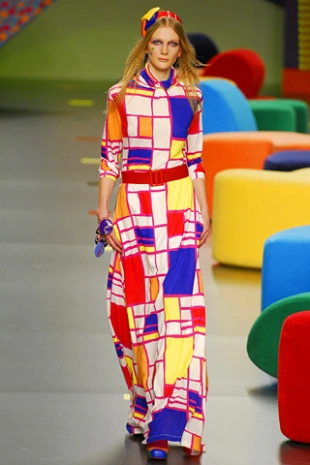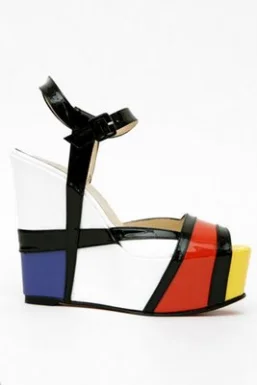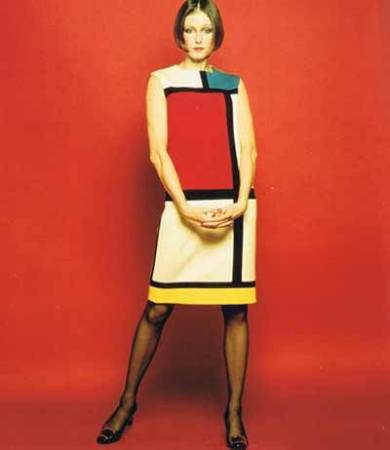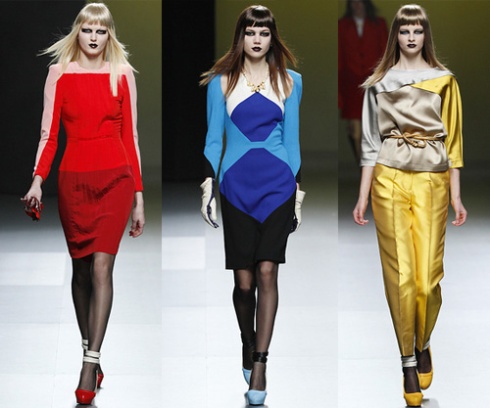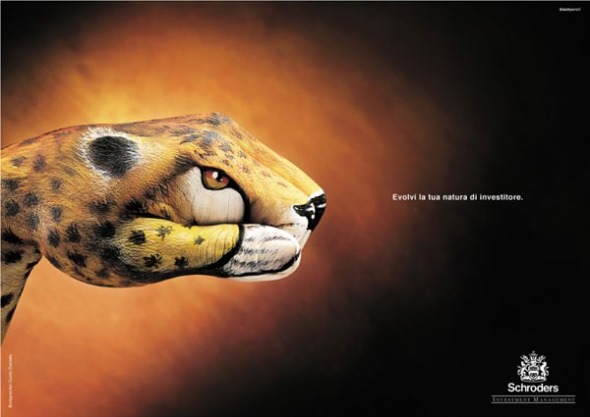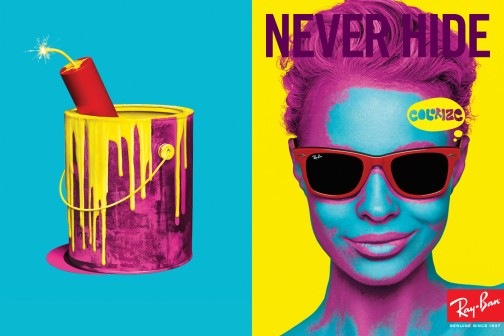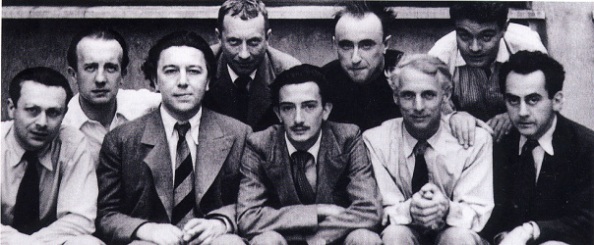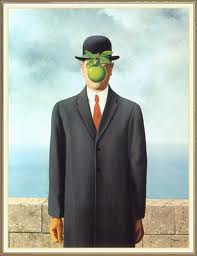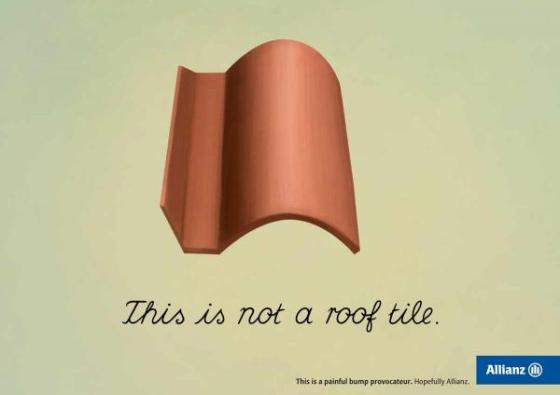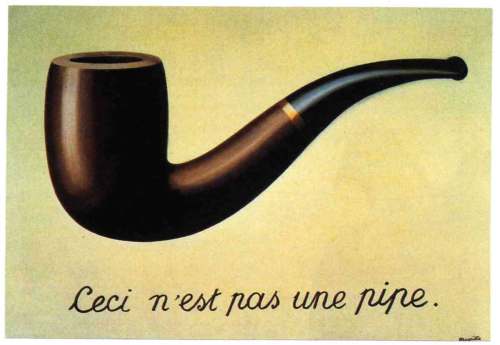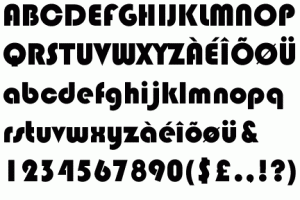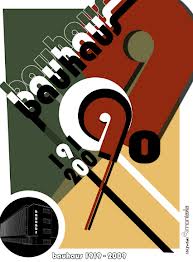1. LA MORAL, UN ESTUDIO DE SIGNIFICADO SEGÚN ADELA CORTINA
1.A. LA MORALIDAD VISTO COMO SUSTANTIVO Y ADJETIVO
La moral dependiendo del contexto en el que nos encontremos obedece a diferentes significados. La palabra “moral” se puede entender como sustantivo o como adjetivo, ambos usos tienen significaciones según los contextos. Siguiendo la estructura de estudio de la palabra “moral” del libro “ética” de Adela Cortina y Emilio Martínez, se parte del término “moral” como sustantivo si se refiere a un conjunto de principios, preceptos, mandatos, prohibiciones, permisos, patrones de conducta, valores e ideales de vida buena que en su conjunto conforman un sistema más o menos coherente, propio de un colectivo humano concreto en una determinada época histórica. Se entiende por tanto como una forma de vida, un conjunto de contenidos que articulan nuestros actos, de tal forma que, no afectan de manera individual, sino a toda una comunidad.
Es cierto, que la moral no afecta de forma obligada a todos los residentes de dicha comunidad, puede variar, ya que estos principios, preceptos, mandatos y patrones de conducta, se generalizan, no se puede tomar como un referente común, ya que no se ha estudiado dichos parámetros de forma aislada. Adela Cortina habla de generalizar en cierto modo, “No significa que (…) no merecieran semejantes calificativos morales y sin embargo, tiene sentido mantener esa descripción general como síntesis de un modo de ser y de vivir que contrasta con otros”. Se considera que al hablar de moral como sustantivo, se hace referencia un modelo ideal de buena conducta socialmente establecido. Lo que está bien para una comunidad, lo que sí que se encuentra aceptado. ¿Aceptado o adoptado?
Esta moralidad se encuentra en la sociedad en la que las empresas operan y encontramos una doble moralidad. La moral empresarial, entendida como el conjunto de morales individuales que encontramos como resultado de los trabajadores que la integran y por otro lado, la moral de las personas que interactúan con la empresa, están en contacto con ella. Establecen un feedback o una relación bidireccional de mensajes y por último, el resto de personas que coexisten con la empresa en el entorno pero que no participan con ella.
Esta moralidad debe ser conocida por la empresa, el conjunto de moralidad se relaciona con un llamado conjunto teórico. Aunque la ética pretende orientar la acción humana, aunque sea de modo indirecto, la moralidad en este caso pretende ser marco teórico, para orientar sus acciones y diagnosticar las acciones, valores y comportamientos.
Existe otra acepción de moral como sustantivo, que según Cortina, pretende hacer referencia al código de conducta personal de alguien. Expresiones como: esta persona carece de moral o moral estricta acogen su máxima expresión. Como en el apartado anterior, hablamos de un código de conducta, pero que sin embargo, este código marca las pautas de comportamiento para una persona durante toda su vida. Es considerado como permanente. Mientras que en la acepción anterior, puede sufrir cambios como resultado de cambios acontecidos en la sociedad.
La moral considerada como un código o una máxima por la que se guía una persona durante toda su vida. Es cierto que la moral puede irse viendo modificada por los cambios personales que pueden darse en la personal pero la moral no cambia, sino que se transforma. Recuerda al principio de física de la energía. La energía ni se crea ni se destruye, sólo se transforma. En este apartado, el código moral solo se transforma. Hace referencia a un conjunto de convicciones y pautas de conducta que suelen conformar un sistema más o menos coherente y sirve de base para los juicios morales que cada uno hace sobre los demás y sobre sí mismo.
Analicemos la moral como sustantivo en el segundo apartado: Esta moral tiene unos contenidos que ya sean aprehendidos o heredados, son propios de la persona. Por un lado, hablamos de los contenidos aprehendidos que el sujeto ha sido activo y pasivo en la adquisición de los valores, comportamientos, presunciones, opiniones por parte del patrimonio histórico. Nos desarrollamos en una comunidad en la que compartimos el mismo idioma, mismas características o al menos, parecidas y por lo menos, tenemos casi los mismos planteamientos morales. Digamos que son parecidos o semejantes en la comunidad.
Por otro lado, encontramos una elaboración personal. Unos razonamientos o planteamientos que el sujeto ha hecho sobre los principios adquiridos de la comunidad. Esto se refiere a sobre lo ya aprendido, emitimos nuestros propios juicios conociendo las bases sobre las cuales vamos a poder formar un segundo contenido. Tal elaboración personal está condicionada por circunstancias diversas, tales como la edad, las condiciones socioeconómicas, la biografía familia lidiar, el temperamento, la habilidad para razonar correctamente, etc.
Estamos de acuerdo con el planteamiento que establece Cortina que la mayor parte de las veces el primer apartado de moral y segundo coincidan, ya que se sustenta uno sobre otro, pero que no tiene que ser siempre así. Se pueden dar variaciones y acepciones. Por ejemplo, una comunidad en la que coexisten diferentes culturas no tienen porque tener unos códigos éticos iguales. Hay variaciones o por lo menos en estos momentos. Antiguamente, si que podríamos hablar de unos códigos éticos extendidos y generalizados porque había mayor dureza en leyes, pensamiento y restricción de libertades. Es por eso que ha habido una “externalizacion de moral” entendiendo externalizacion como esa ruptura de valores unificados y ampliandose los marcos establecidos.
Existe una tercera acepción de moral, pero esta vez, la escribimos con mayúscula. La “Moral” se refiere a la ciencia que trata del bien en general, y de las acciones humanas en orden a su bondad o malicia. Esta es una definición del diccionario de la Lengua Española de la Real Academia, que Cortina ha recuperado para hablar de variedad de doctrinas morales. Antes de comenzar hablando de las doctrinas Morales, es necesario hacer una mención Aranguren. (…. )
Habla por tanto de lo que él llama ” moral pensada” frente a los códigos morales que hemos explicado antes, personales y sociales que son asumidos por las personas como aprendizaje o experiencia. Estos últimos se denominan la “moral vivida”. Dos niveles en estos códigos éticos: por un lado, la moral vivida se refiere a una síntesis de principios, valores, pautas y comportamientos que el sujeto adquiere, asimiláis, procesa, entiende y por fin, los hace suyos. Mientras que la moral pensada es la razón de un hecho. Por qué se establece como referencia un hecho o una máxima. Es lo que Cortina establece como el “hecho de la moralidad” . Su objetivo es construir doctrinas morales y no sorprende la idea cuando se toman una serie de principios de la moral vivida, ya que para establecer dichas doctrinas debes asegurar que es real, que existe y que es compartido por la comunidad entrena. Una doctrina es algo fijo, perdurable y que marca significación. Es por eso que debe ser una síntesis y universalizacion de los conceptos.
La moral como adjetivo, cambiamos de rumbo lingüístico, ahora, cuando hablamos de principio moral, pensamiento moral, doctrina moral, parece que hace referencia a la ética. Como principios sometidos a la ética o doctrinas que se rigen por ética. Según Cortina, dice que en el caso de tratar a “moral” no hablamos de los principios como reglas o normas que orientan la acción de un ser humano. Ni se trata de normas de carácter general, como, por ejemplo: amar al prójimo, no mentir, respetar la vida, etc… Es simplemente un hecho psicológico, ajeno a la moralidad.
Como significado, entendemos lo moral como lo opuesto a inmoral. Pero otro significado es la moral como lo opuesto a lo amoral. Que es inmoral o amoral. ¿Es lo mismo? Inmoral se refiere a la idea de que una acción puede ser inmoral, una acción que no es considerada como una conducta aprobada. En este caso se relaciona con la idea de moral como hacer lo correcto e inmoral como hacer lo incorrecto, mientras que en el caso de “amoral” es cuando hay una consecuencia tras no haber unos actos razonados. Es un comportamiento no razonado. Pero si todos los seres humanos pensamos, no podríamos hablar de amoral en el ser humano. Ya que este tiene moral. Podríamos hablar de inmoralidad, pero no de amoralidad. En este caso, como dice Cortina, se refiere a un acto que pueda ser catalogado como aceptado o no.
1.B EL TÉRMINO MORALIDAD
El término “moralidad” se utiliza bajo un código moral concreto. Por una parte, hablamos de moralidad cuando no nos referimos a legalidad o religiosidad. Cuando no podemos abarcar estos dos conceptos recurrimos al ámbito de la moralidad cuando el campo de la religiosidad de nos queda corto. La legalidad y religiosidad, por ejemplo, hacen referencia a unos límites, unos marcos ideológicos. Cuando hay respuestas que no se pueden explicar con el derecho, la ciencia o la religión acudimos a la moralidad para poder explicarlos. Es por eso que consideramos que la moralidad siempre va a ser un modo de escape para el sujeto. Como una forma de dar respuesta a las cosas que no podemos explicar con pruebas, análisis o fe. Por otra parte, consideramos que puede darse una implementación de la moralidad en todos los ámbitos y que sí que pueden darse otras respuestas, y la fe con moral es doblemente efectiva igual que la ciencia con moral puede salvar más vidas.
Lo moral, en el ámbito en el que se trate, es la forma común a las diversas morales concretas que nos permite reconocerlas como tales a pesar de la heterogeneidad de sus contenidos respectivos. En este sentido, moralidad sería sinónimo de vida moral en general. Según esta aportación, si se nos permite reconocerlas, es que existen, quizá no tangiblemente, pero si que podemos percibirlos. Esta moral acaba en juicios morales. Un acto es bueno, injusto, honrado, apropiado… Es por eso que desde una perspectiva formal: estos juicios morales hacen referencia a actos libres, responsables que hacen y denotan al ser humano como un ser libre.
En cuanto al contenido de los juicios, depende. Como la propia palabra lo explica, existen juicios, que se relacionan con aspectos justos. Y morales, relacionados con lo bueno. Es por tanto que un juicio moral puede ser justo o bueno. ¿Puede haber juicios ético buenos y justos a la vez? Si. ¿Puede haber juicios buenos pero no justos? También. Depende de la circunstancia y del contexto.

